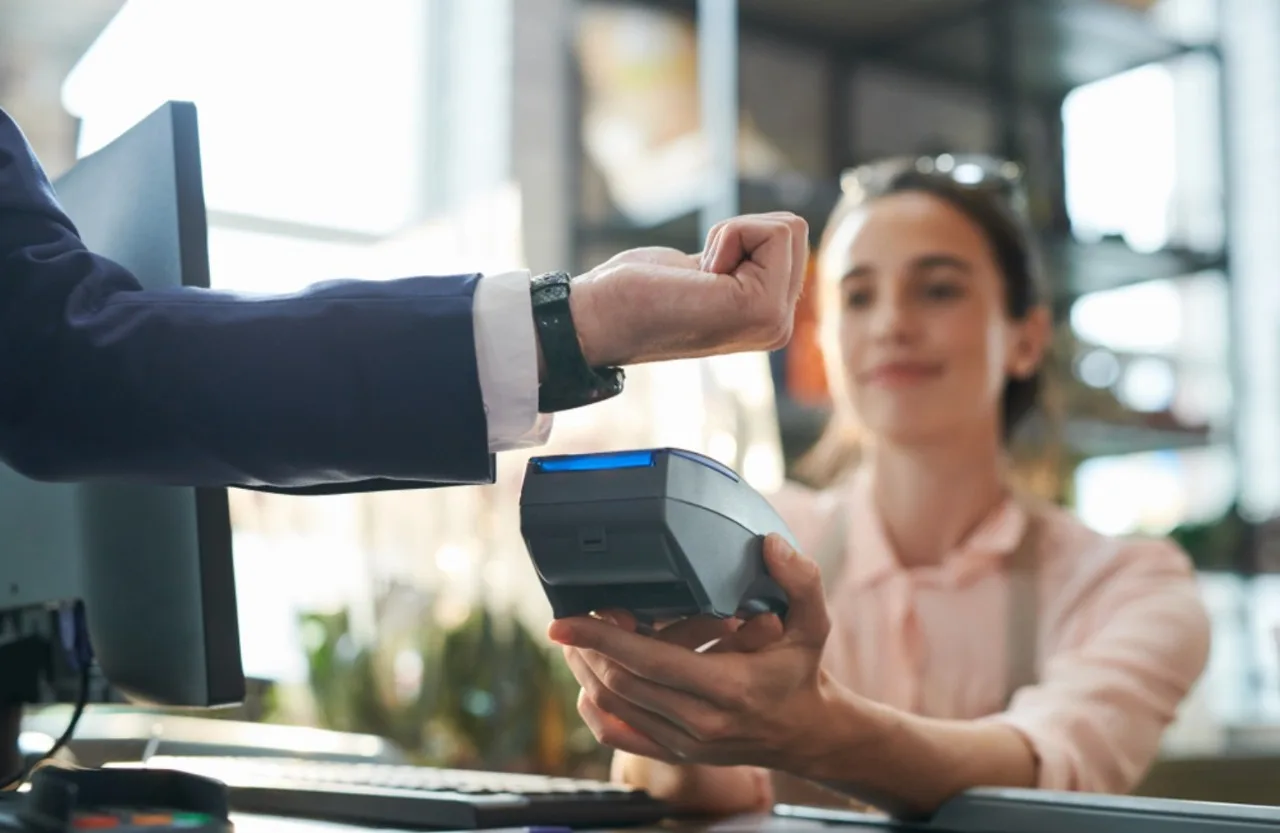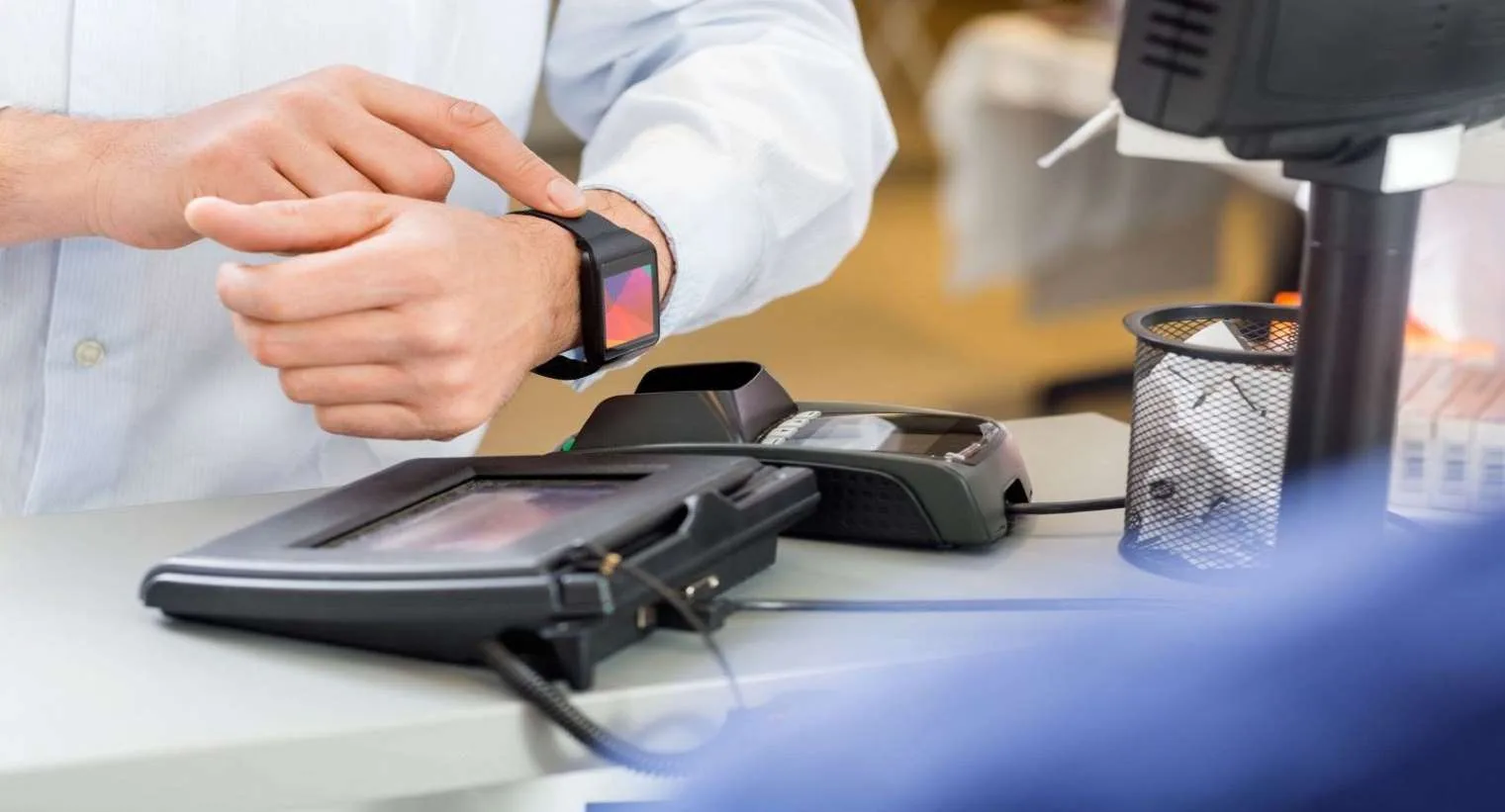What’s The Potential Of Wearable Technology In Banking?
Wearable technology, one of the most trending technological product groups of recent years, is also leading to dramatic changes in the field of finance. There are wearable technology products in different functions, from Pro Vision, which the Apple company recently introduced, to smart watches produced by almost every brand.
Wearable technology products successfully complete numerous functions, often using a common network ecosystem with mobile phones. Access to banking applications is possible thanks to smart watches, the most popular wearable technology product today. Through these hours, you can make asset transfers while using your car and pay your bills with a single command.
For now, although financial transactions can be completed with a mobile phone, numerous fintech projects are trying to increase the financial solutions of wearable technology products such as smart watches smart glasses. I can predict that we will meet the majority of our banking needs with wearable technology products for the near future.
I think that financial institutions that realize this potential early on and develop solutions that are more compatible with this technology will be more advantageous.
How Are Wearable Devices Integrating Banking And Financial Services?

Wearable technology products such as smart glasses or smart watches work in bit interaction with mobile phones. They offer internet connection or mobile application access within the ecosystem of mobile phones. Thanks to this, almost every financial transaction performed through a mobile phone is easily completed through these products.
Although this technology products are not still available in commercial terms, many banks offer mobile banking solutions compatible with such products within the scope of digital transformation. Today, the number of fintech startups that develop banking solutions for wearable technology products is increasing.
Wearable devices simply access mobile applications thanks to the internet connection and ecosystem of the mobile phone. With a smart watch or a smart glasse, daily financial needs such as asset transfer and invoice payment are met in seconds in a practical way. As the number of wearables increases and their skills improve in the near future, there will be more cooperation with fintech solutions.
What Are The Benefits Of Wearable Banking For Customer Convenience?
Customers demand to meet their financial needs in the most practical and fast way. With this in mind, financial platforms develop faster and more secure banking applications every day. Among them, one of the most popular technologies of today and the near future is wearable technology products.
Wearable technology products have numerous benefits for customer convenience. The most important of these is the ease of service. Thanks to wearable technology products, financial needs can be completed while another job is done in seconds. This benefit saves time and energy for today’s modern city people.
Another benefit of wearable technology products for customer convenience is that they gain space independence. For example, in the past, you would have to be physically at the bank branch to pay an invoice with traditional banking solutions and maybe reserve your hours.
Then, with digital banking solutions, it could be completed in seconds with a mobile phone or computer. Today, thanks to wearable technology products, you can make asset transfers with a mind time and meet your other financial needs even when traveling with your vehicle in traffic.
What Security Measures Are In Place For Banking On Wearable Devices?

As with any fast and practical technology, wearable technology products bring with them some safety concerns. It is possible for another user to take these wearable devices from you and make malicious financial transactions on your behalf.
On the other hand, forgetting your smartwatch somewhere may also lead to accessing your personal data for someone else. In order to address possible security concerns of this type, many security measures are developed in the field of banking, specific to wearable technology products.
Popular and common wearable technology products such as smartwatch or smart glasses are encrypted with biometric verification methods. Thanks to biometric verification methods such as Facebook ID, iris scanning, and fingerprint, only owners of these devices can use these products.
In fact, fintech studies in recent years have even added the sound option to biometric verification methods. In this way, only owners of wearable technology products provide access and security concerns are minimized.
What Innovative Use Cases of Wearable Technology Exist In Banking?
Wearable technology products that have brought new trends to banking not only with access to mobile bank applications but also with many innovations. With smart glasses, which are the popular wearable technology product of recent years, a bank branch simulation is created and negotiations are provided with the customer representative as if they have really met.
On the other hand, the biological data followed by smart watches makes it easier to recommend financial products and services such as mountain insurance. Today, numerous fintech startups and companies are working to increase the number of such solutions.
Although wearable technology products are not common enough today for safer and more practical banking, I can argue that the near future will be indispensable.
Is Wearable Banking Poised To Replace Traditional Banking Channels?
Although traditional banking solutions cause a slower and more challenging banking process, it is still a more reliable option for widespread understanding. Although innovative solutions such as wearable technology products accelerate the elimination of financial needs with radical changes, this speed may cause some security concerns.
Therefore, I cannot claim that moisture wearable technology products will completely replace traditional banking channels in the short term.
However, there is a possibility that digital banking products and services will decrease and end as the compatibility of wearable technology products and the adaptation of customers develops. In the context of the principle of financial inclusion, each customer profile will meet their banking needs with wearable technology products in an easy and practical way at any place and time in the near future.
Financial institutions that can catch this trend today and develop cooperation with fintech solutions in this field will be more advantageous in the competition in the market.
See you in the next post,
Anil UZUN
